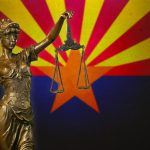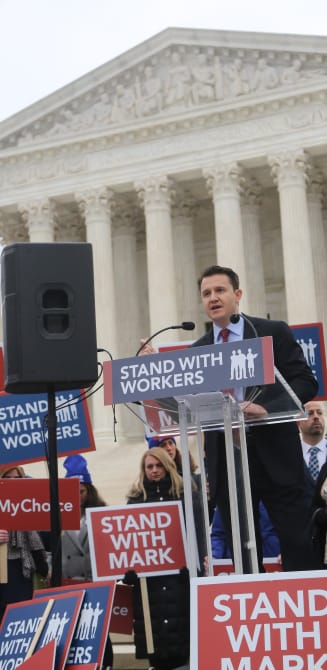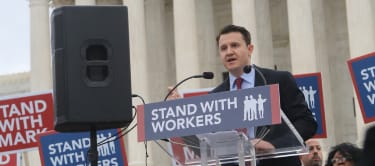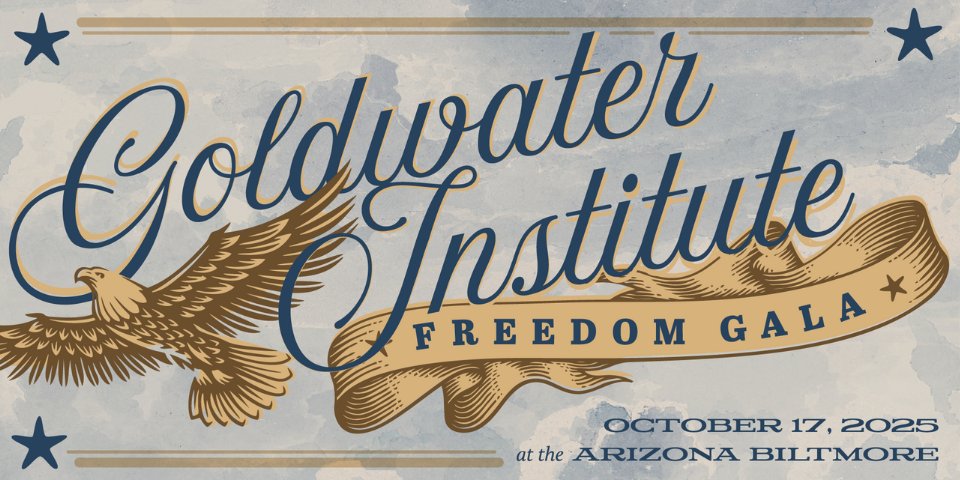When cities mishandle public projects, Arizonans are the ones left holding the bill. Tucson’s Downtown Links project—sold to voters in 2006 as a straightforward $76 million improvement—has instead become a sprawling, over-budget undertaking that illustrates exactly why independent watchdog oversight is essential in Arizona. For years, the Goldwater Institute, where I work, has warned that without firm guardrails, local governments can quietly shift the costs of their own mismanagement onto taxpayers who never agreed to foot the bill.
That pattern has played out repeatedly over the life of the project. The Downtown Links project shows in concrete terms how mismanagement at the local level can inflate costs, distort voter-approved plans, and leave regional taxpayers paying for decisions they didn’t make. The City of Tucson has managed to burn through a significant amount of taxpayer money on a project covering just 1.3 miles—from Broadway to St. Mary’s. Although the project is funded through the 2006 voter-approved Regional Transportation Authority (RTA) plan, it is Tucson—not the RTA—that is responsible for planning, managing, and executing the work.
On Wednesday, October 29, 2025, the City of Tucson submitted its eighth request for additional funds. Voters were told in 2006 that the project would cost $76 million. The city’s own Intergovernmental Agreement (IGA) with the RTA also requires Tucson to cover any amounts exceeding the 10 percent overrun permitted under state law and RTA policy. Yet the city returned once again for help, and the RTA board approved the latest request, pushing total costs past $110 million for a project voters expected to be finished by 2021, the end of the third five-year period in the original 20-year plan.
Each amended request varied in excuses for the additional costs, with some more credible than others. Additional amounts were spent on drainage, some was spent on right-of-way acquisition, utility relocation, along with several other unexpected costs. What remains unclear is why the city continues returning to the RTA for funds that require taxpayers across Pima County to absorb overruns Tucson agreed to cover itself.
The city has repeatedly acknowledged that it—not regional taxpayers—is responsible for any cost overruns beyond the 10 percent allowance. A memo to the mayor and city council on April 8, 2025, reaffirmed that obligation. Other jurisdictions managing RTA projects have absorbed their overruns without shifting the burden onto the rest of the county. So why is Tucson consistently treated differently, with the RTA covering costs the city agreed to shoulder?
The latest explanation offered to the RTA board by city officials is that telecom utility relocation near the railroad tracks, combined with prolonged difficulties coordinating with Union Pacific on the tunnel design, caused multiple delays and increased costs. The project is now targeted for completion sometime in 2026, five years after the voters were told the job would be finished.
This project is already $34 million over budget and counting. How many more times will Tucson ask the RTA board to cover additional costs? And at what point do taxpayers across Pima County get a meaningful opportunity to say no to more bailouts for a project that has long since blown past its voter-approved limits?
At some point, bad luck starts to look like mismanagement—or worse. The patience of Pima taxpayers has begun to wear thin.
William Beard is the Municipal Affairs Liaison at the Goldwater Institute.










